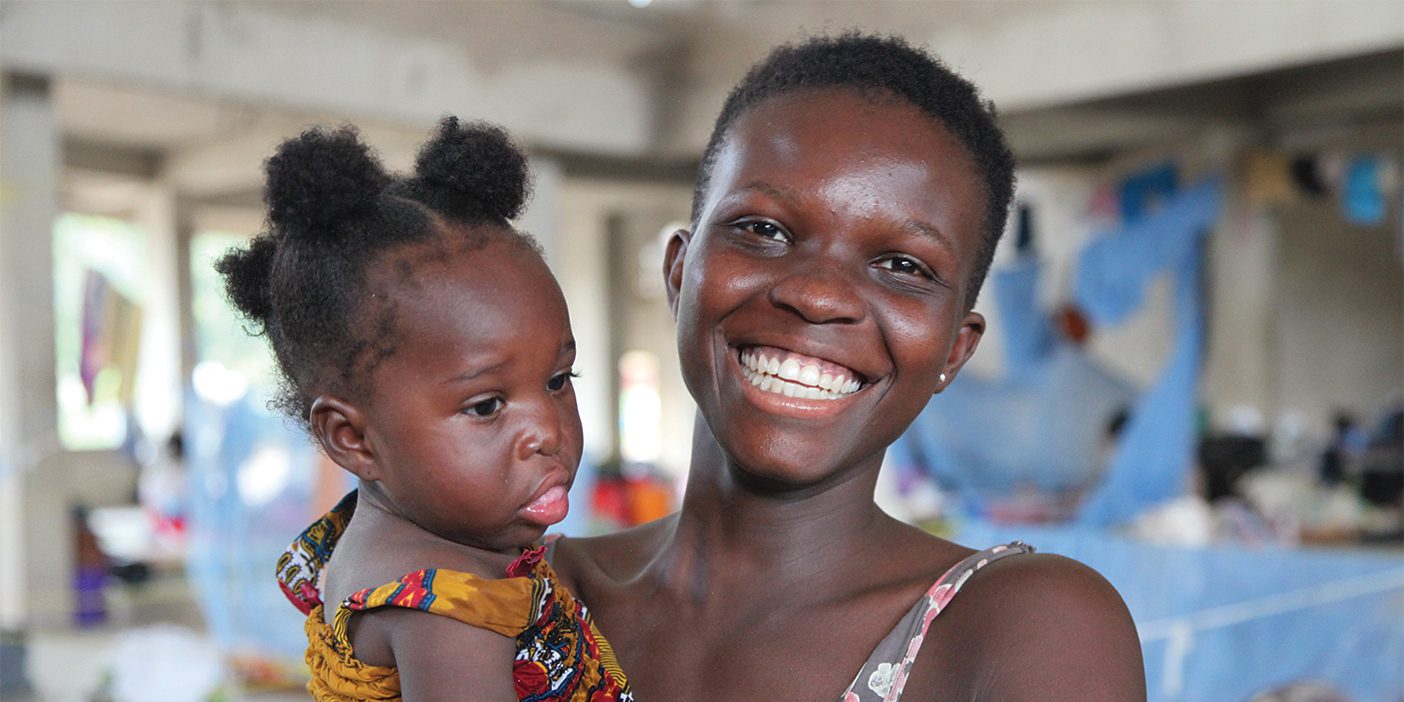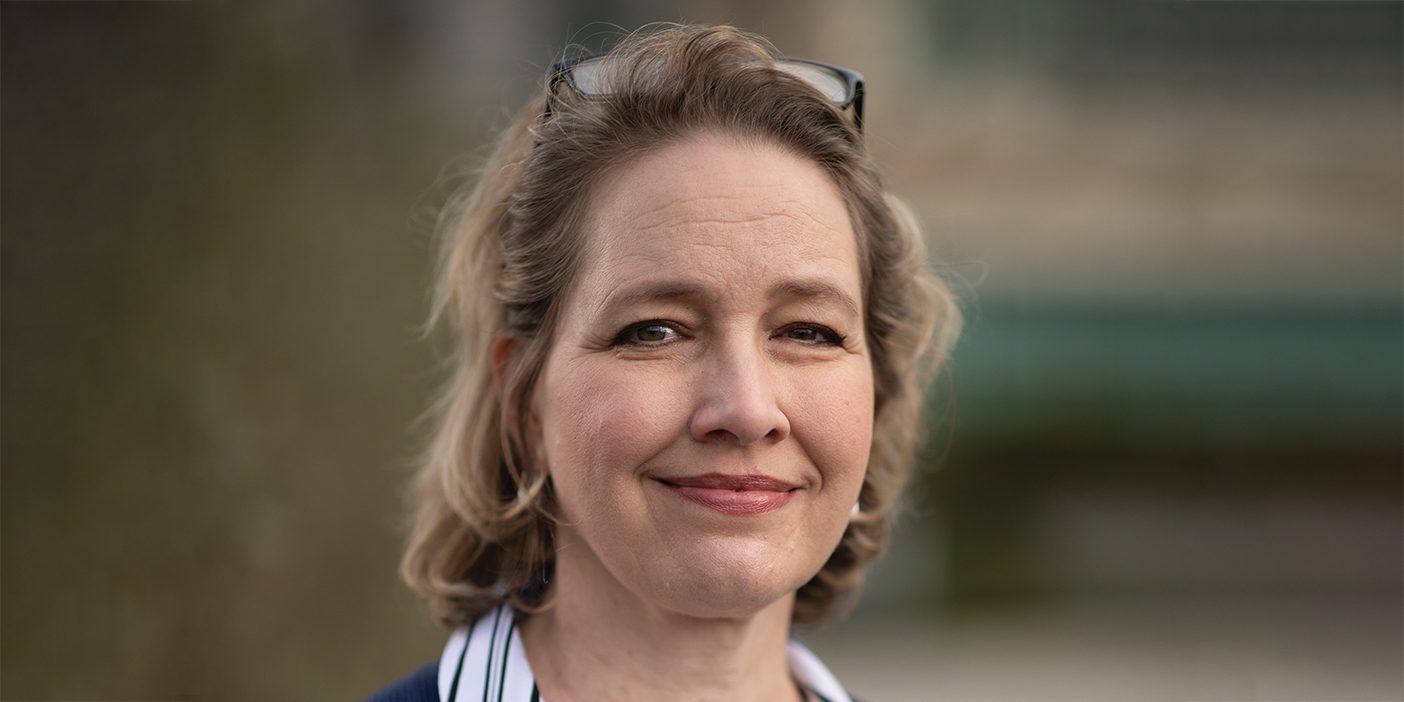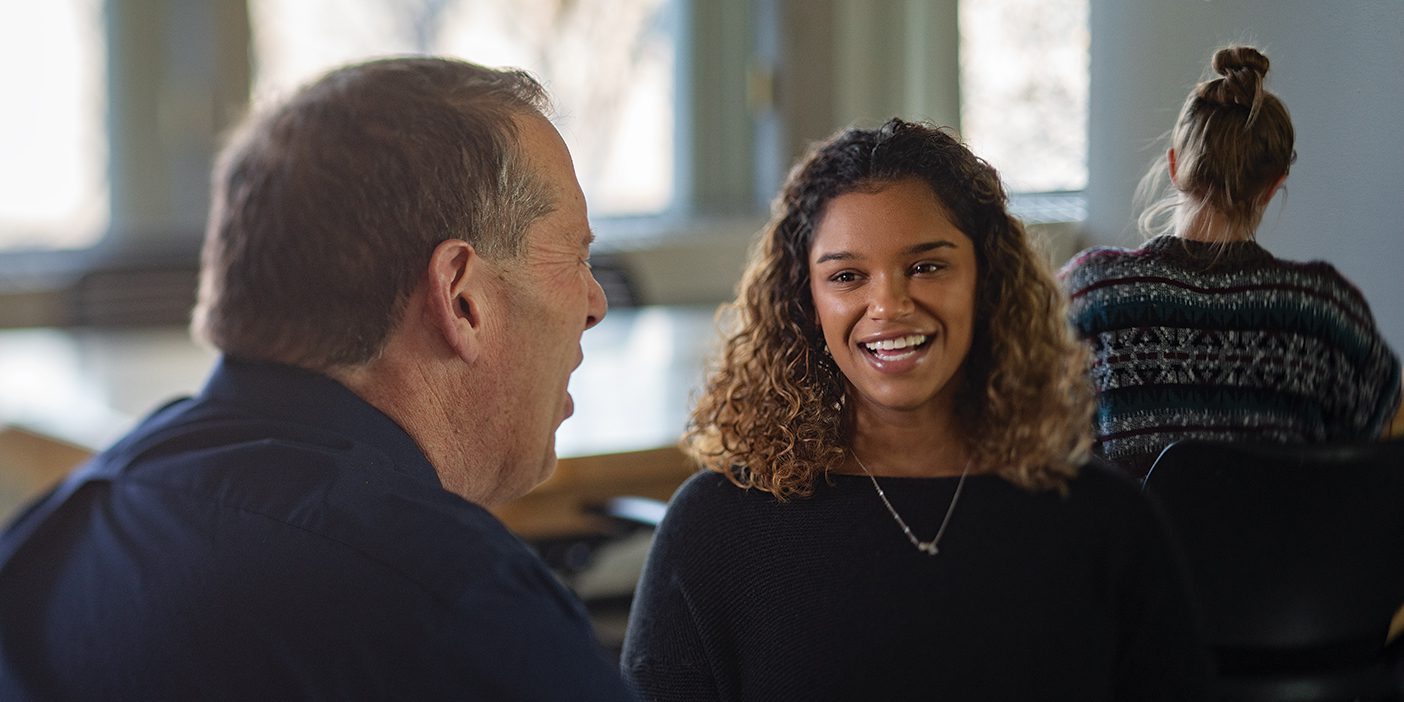Seeing a need in her children’s school, a BYU alumna created a program that is now used all over the country.
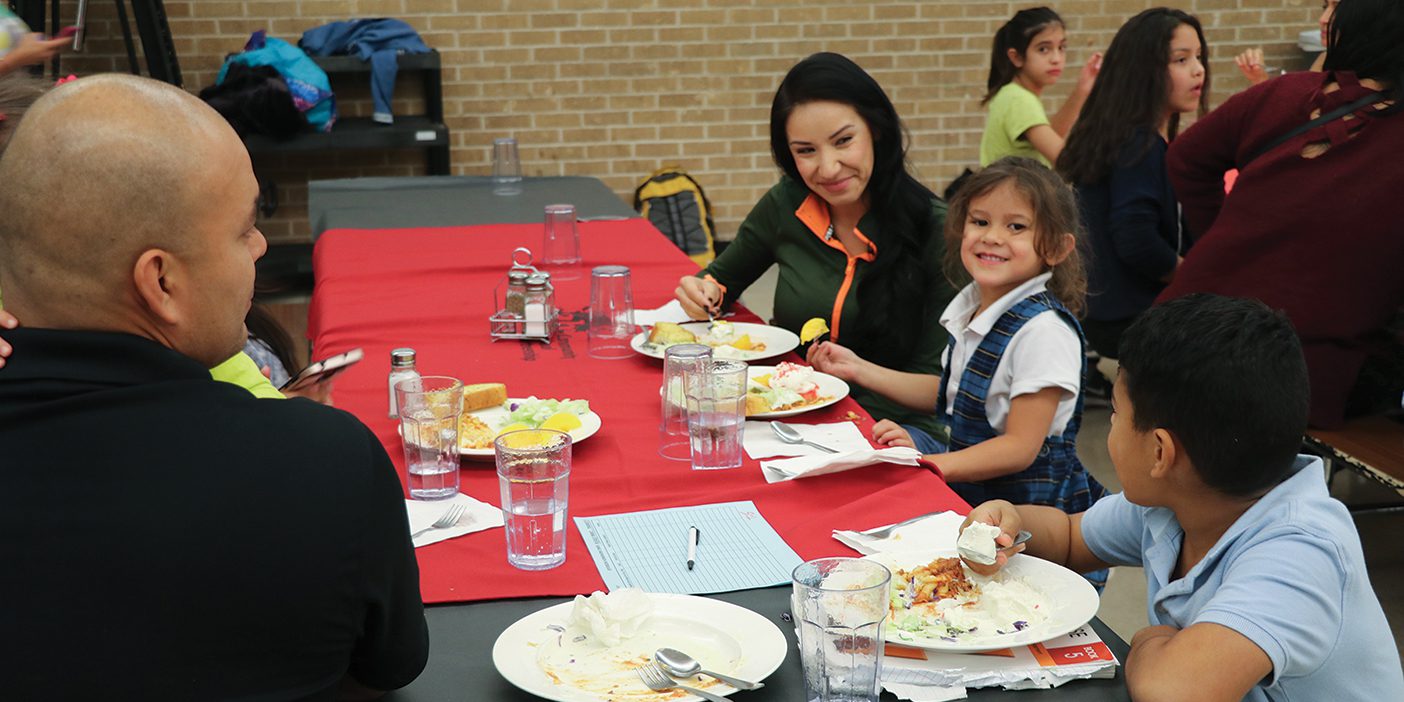
“I cried on the plane to Albuquerque,” recalls Deanna Creighton Cook (BA ’94). “It seemed very brown and desolate and so different from Vermont.” It was 2010, and Cook’s husband, Eric N. Cook (BS ’94), had taken a new job across the country. As the couple left their home in the Green Mountains with their three young children, Deanna also worried about trading Vermont’s 3rd-ranked school system for New Mexico’s, ranked 49th.
Settling into Albuquerque, Cook felt disconnected and like she needed a purpose. “I didn’t know anybody,” she says. “I didn’t know my way around or what to do in the city.” In Vermont she had been writing a book, had a huge garden, and was working to transform her home into a bed and breakfast. What could she do here?
Now 10 years later, she has done a lot—becoming a nationally recognized education reformer and a key player in Albuquerque’s community-schools initiative. Last September she spoke at a congressional briefing in Washington, D.C., sharing the impact of the Homework Diner, an innovative program she spearheaded, along with her other efforts as a special-projects coordinator for community schools.
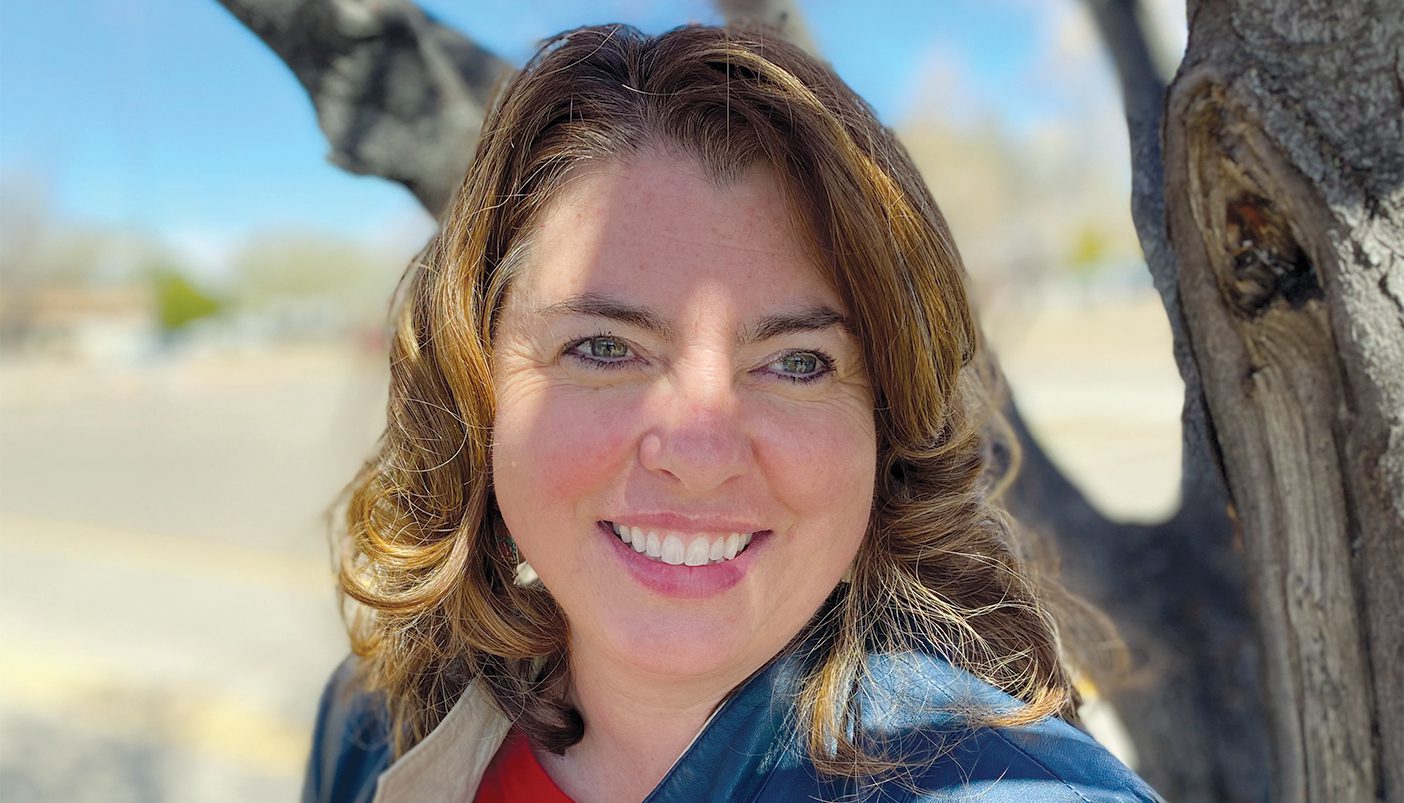
It all began when, shortly after the family arrived in Albuquerque, a tiny paragraph in the elementary-school newsletter caught Cook’s eye. The librarian was asking for parents’ help in the school library. Cook, an English grad and former ESL teacher, jumped at the chance. “I love books and reading,” she says, “so I called the librarian, and we hit it off immediately.” Cook spent two days a week at the school library, reading and creating book-related activities for the students and their younger preschool-age siblings. “I didn’t really know what I was doing,” she admits. “All I knew is that I needed something to do. My kids were there, and it was fun.”
As Cook was one of only a few parent volunteers at the Title I Manzano Mesa Elementary School, Principal Peggy Candelaria invited her to serve on a neighborhood leadership team. Manzano Mesa, Cook learned, was designated as a “community school,” one that sought to support not only the child but also the child’s family and the surrounding community. Two-thirds of Manzano Mesa students experienced food insecurity, and many had parents who spoke little English or had minimal education themselves.
“She started volunteering primarily as a way to create the programs she wanted for her own children, but quickly realized her efforts could positively impact other families in her community.”
As her reading program expanded to both Spanish and English story times, Cook felt a growing sense of curiosity about the school and its challenges: “Why do we score so low? Why are our students failing? Why are our schools failing? Why is our state failing? I really wanted to understand the reasons behind these barriers to learning.” And she wondered what else the school could do to engage families.
While brainstorming one day, she and Principal Candelaria came upon an idea: They knew academic studies found benefits in families eating together, and they wanted to create a low-stress environment for families to engage with teachers. What if they served a free family dinner each week at the school, complete with a nice meal, place settings, and teachers from each grade nearby to help the kids—and their parents—work through homework? They’d call it the Homework Diner.
Cook reached out to a local grocery store for a grant, and with $500 she bought ingredients for the first five weeks, along with mismatched tableware from a secondhand store. Then in a chance meeting on her son’s field trip, she became acquainted with two other Manzano Mesa parents who happened to be culinary-arts students at the local community college. They worked out a collaboration in which culinary-arts students would prepare weekly dinners in the school cafeteria using food donations from the local food pantry, never knowing exactly which ingredients they would have. Cook’s children pledged to help with the set-up, and Eric would do all the dishes.
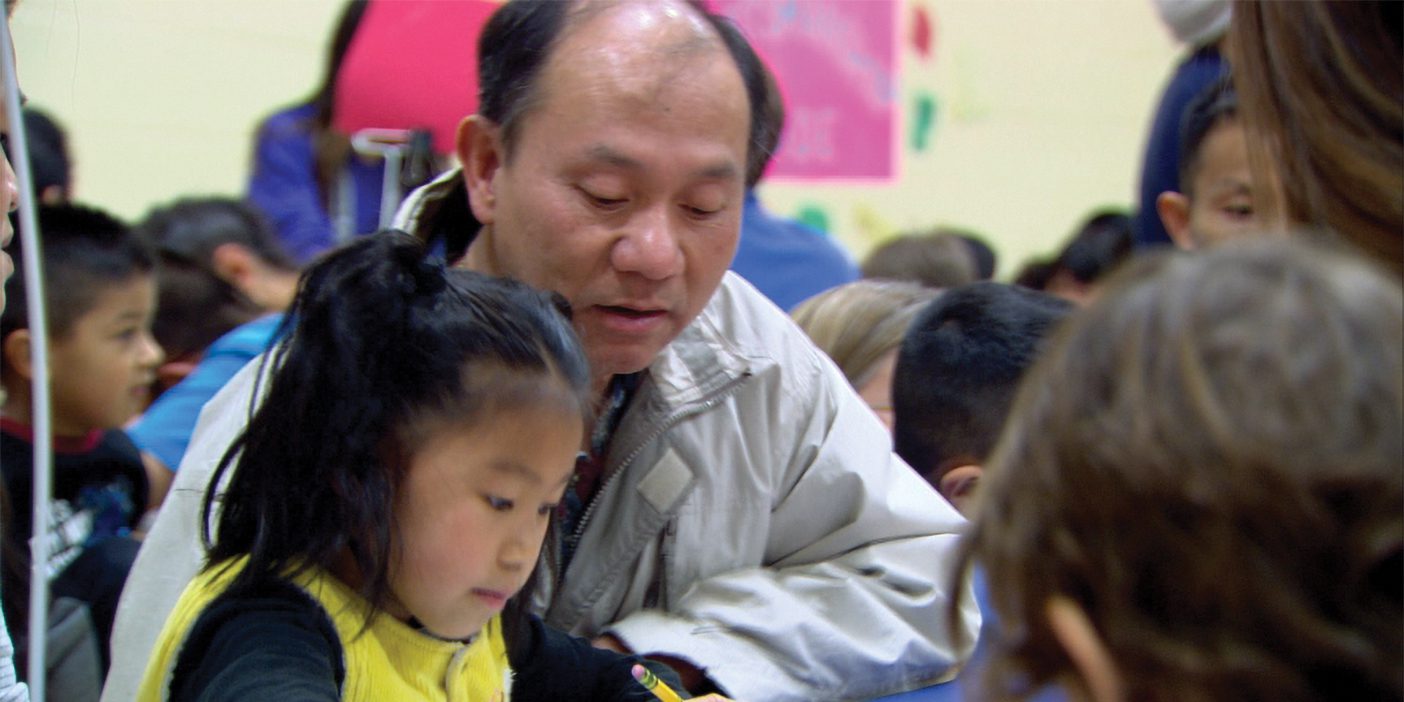
Thirty-five people attended the first Homework Diner in the spring of 2012; within a few weeks they were feeding more than 100 children and parents. Word of the program spread fast, catching the attention of Albuquerque news media and eventually NBC’s Nightly News. Today schools throughout the United States run thriving Homework Diners of their own.
Now in a full-time position as the special-projects coordinator for the Albuquerque–Bernalillo County Community School Partnership, Cook supervises 34 schools in implementing the community-school strategy, which includes programs such as the Homework Diner.
Along the way Cook completed a master’s of educational leadership and is now pursuing a master’s of studies in law from the University of New Mexico. She has been working with fellow BYU grad and University of New Mexico School of Law professor Serge A. Martinez (BA’ 94) to reduce New Mexico’s high rate of evictions. To Cook, “eviction is like a disease,” and the trauma of it makes it difficult for children to thrive in school.
“Don’t be afraid to help and follow where it will lead.” —Deanna Cook
Reflecting on the success of these initiatives, Cook admits she started volunteering primarily as a way to create the programs she wanted for her own children, but then she quickly realized her efforts could positively impact other families in her community.
“There was a shooting in my neighborhood six days after we moved in,” Cook recalls. “It would have been easy to stay home and be scared. I wanted to go out in the community and help. I could see the huge amount of need. I felt a calling to get out and share. It turned out that I had more skills than I knew I had.” To those who worry about jumping into community service, she says, “Don’t be afraid to help and follow where it will lead.”
She says BYU alumni, especially, should jump in. “You are a well-traveled and well-educated person who has a lot of resources. You have a lot that you can give to your community—things that you don’t even know they need. If you see a need, step in and do something about it. I look to the BYU motto of ‘Enter to learn; go forth to serve.’ Whatever I have learned or been given, it’s my duty to give back and lift others.
“I never expected it would turn into this,” Cook says. “I just saw a need and tried to fill it.”
—Janika Isakson Dillon (BA ’95, MA ’98, MOB ’98)










